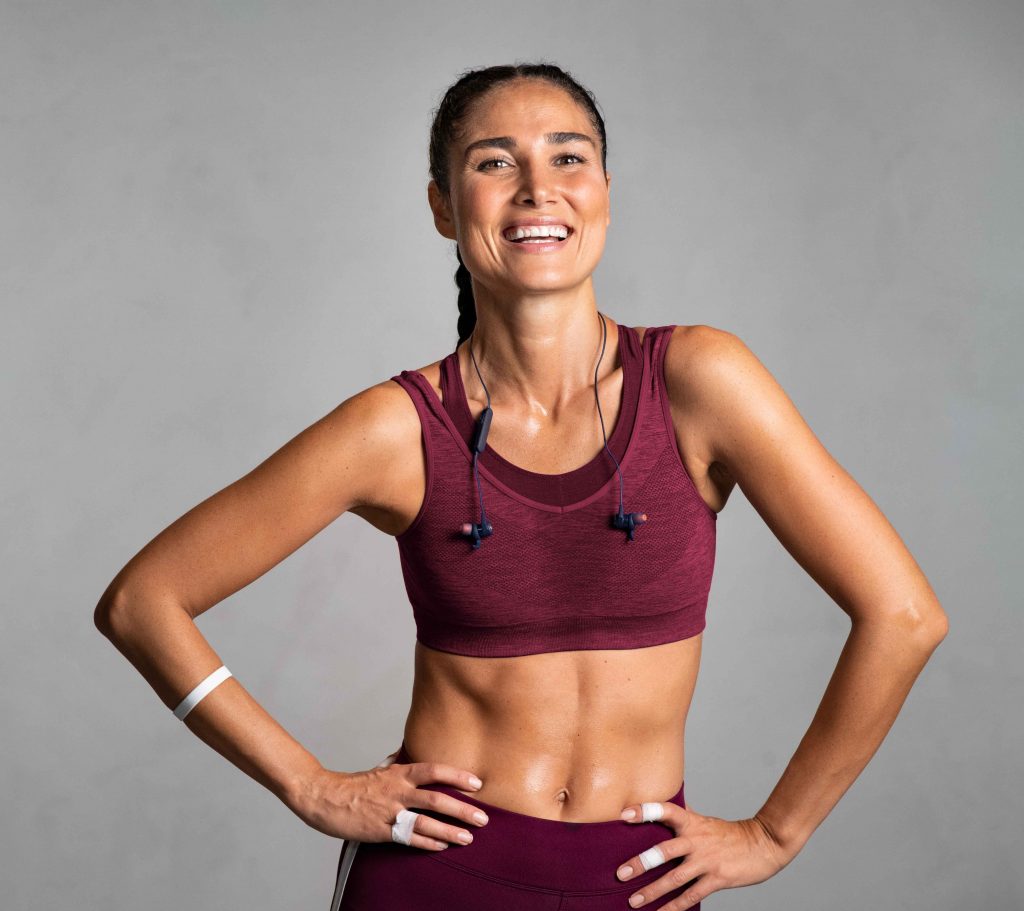Diet for Increasing Muscle Mass

Meal Plans for Increasing Muscle Mass from Myflex
Skeletal muscles play an essential role in the functioning of the body. They make up about 40% of its mass and are responsible for physical stability and motility, as well as metabolic functions such as the supply of amino acids to other tissues and the storage and use of glucose for energy

When and Why we Lose Muscle Mass
To gain muscle mass they require balancing the synthesis of muscle proteins and their breakdown. When a person reaches middle age, various cellular and molecular changes cause a reduction in the absorption of nutrients. In addition, the response to physical activity decreases. Thus, the muscles gradually weaken, starting from the 30’s, without this being realized. A decade later the loss is more intense and after 50 the show becomes detectable.
Along with the loss of muscle mass, there is another change: the increase of intramuscular fat with the simultaneous decrease of muscle mass, which is used for energy metabolism, which justifies, in the middle, the faster of muscle mass, reduction of power. It is estimated that the elderly lose up to 1% of their muscle mass and up to 3% of their muscle strength each year!
Starting at 50 and moving on to the third and fourth age, the strength of the upper body decreases by 2% to 12% per decade, while that of the lower body by 3% to 4%.


Sarcopenia, as it is called reduced muscle mass, affects about 6% to 19% of the general population over the age of 60 (depending on the definition it causes) and has serious effects on human health, function and well-being. In the younger ones it simply leads to a reduction in burning and therefore a malfunction of the metabolism, resulting in a gradual increase in weight. However, as long as it is demonstrated by aging and the risk of falls and fractures, the restoration of the requirements of patience and perseverance, in addition to the psychological, professional, economic and social costs. Also, the reduced mobility that results from sarcopenia is associated with an increased chance of developing obesity, metabolic syndrome, heart and respiratory disease, and premature mortality.
However, the rates of loss vary from person to person. Heredity, gender and living environment are factors that affect this variability.
Can it be Prevented?
The care of life expectancy of the last decades and the need for good health and quality of life has consolidated the need for interventions and the formulation of strategies that compensate for the reduction of skeletal muscle mass and physical function.
Research to identify those factors that could be allowed to function prophylactically and to help manage sarcopenia has highlighted exercise and diet as the main ones. Physical inactivity is therefore a major cause of decreased muscle mass and strength in people over 50 years of age and progressive resistance exercise has positive effects on muscle strength and physical function.


Low food intake, diet with limited variety or exclusion of certain foods are common in the elderly, causing inadequate nutrient intake. This leads to poor functioning of the body, which can be avoided or delayed by dietary interventions and the adoption of a personalized program, specially designed to meet all the needs, taking into account the underlying diseases that are common at these ages.
Middle-aged people who exercise intensively and regularly with resistance or pursue aerobic exercise or just strenuous physical activity may also need support from dietary supplements (eg creatine, omega-3 polyunsaturated fatty acids, etc.), as they can support it. . impact of exercise, especially if accompanied by feeding strategies, ie meal time planning and doses of specific macronutrients per meal.
Prevention and treatment of sarcopenia demand attention. The search for non-pharmacological interventions is constantly evolving. Dimitris Economakis and the nutritionists of Myflex are constantly monitoring the new data, in order to protect people of mature age and provide them a quality life.
BODYBUILDERS
Managing the physical composition of athletes is a widespread practice in the field of sports nutrition. The shaping of body weight in athletes who follow resistance training is done mainly for aesthetic reasons (bodybuilding) or performance (weight lifting ).


The experience of Dimitris Economakis and nutritionists of Myflex in its configuration diet paved the way for many of its athletes bodybuilding to win medals. On his own guidance Greek woman received for the first time the gold medal at the INBA World Championships in professional category bikini fitness.
Protein helps muscles, and the whole body, in many ways. Healing the micro-tears that occur in muscles during a workout is a basic protein function.
The answer depends on various factors such as age and weight. Adults who train with weights regularly should consume 1.5 to 2 grams of protein per one kilo of their total weight in order to build muscles.
Supplements are useful for people who do not meet their protein requirements, which are based on their body weight, through food in their daily diet.
People who have increased their muscle mass usually gain weight because muscles are heavy. A workout plan that combines cardio and weights helps with building muscle, losing fat and not gaining weight.